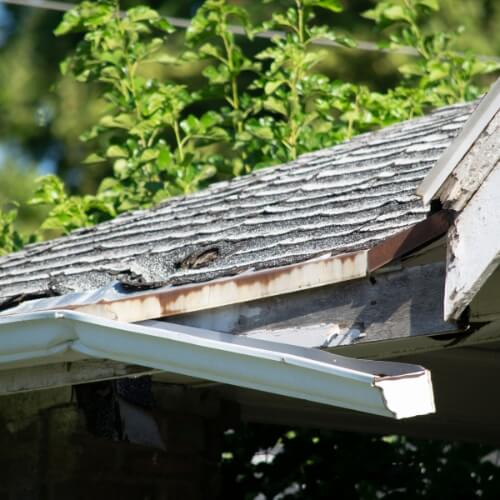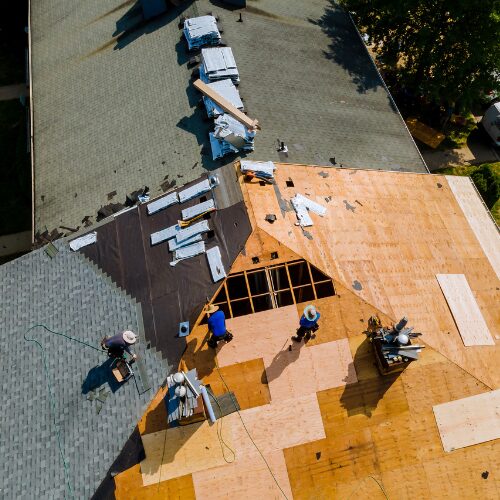Bad Roof Install: 10 Telltale Signs To Verify Your Suspicion
As a homeowner, you are the sole person responsible for the repair and maintenance of your home. By ensuring you remain proactive, you can not only maximize your comfort, but you can also avoid major expenses from structural damage in the future. While many maintenance and repair projects around a home are manageable as a weekend DIY project, others will undoubtedly require professional input to ensure they are completed accurately.
Roofing replacements and installations are one of the jobs that meet this requirement. Unfortunately, not all roofing professionals have the experience and skill needed to help you achieve a beautiful and reliable roof. Sometimes, roofing contractors may offer you a great price, only to cut corners and cause countless problems that will inevitably need to be repaired. If you are concerned that your have a bad roof installation, here are 10 signs to look for.
Sign 1: Damaged or Missing Shingles
Over time, storm damage and normal wear and tear can cause havoc on shingles. In some cases, you will only see minor damage, but, on the extreme side of the spectrum, shingles may have been removed completely by wind. This sign should NEVER be present immediately following a roofing job and will often signify that your roofing contractor was lazy, careless, or unprofessional when installing them. Unfortunately, this happens more often than you think when homeowners settle with a cheap, out-of-town roofing contractor.
If you notice shingle movement or missing shingles after a minor storm while all your neighbors have their roofs intact, there’s a high chance that you received a bad roof installation. To understand the cause of the damage, it is important to reach out to a reliable company for a free roof inspection. RainTech ALWAYS provides free inspections with detailed reports and images to ensure you know exactly what damage you have and the best ways to repair it.

Sign 2: Reused Metal Flashing
Every new roof installation should utilize all new materials. Unfortunately, one of the ways that many roofing contractors cut costs is by reusing the existing flashing – even though it is a clear violation of code. This practice can be dangerous and will always lead to premature leaks because the material has been exposed to the elements longer than the new materials.
Flashing should never be reused, and reliable roofing contractors are aware of this. If you see this practice occur during the installation process, stop the work and demand that they address your concern. Never settle for subpar work during the contract phase either and demand that you get all new materials.
Sign 3: Sagging Rooflines
A roof replacement is often a big investment for a homeowner. If you look at your roof and see sagging or non-uniform rooflines, it could mean that rotted decking or framing wasn’t addressed before the roof replacement was completed. This sign is typically visible from the ground level, making it smart to check this regularly.
If you are seeing sagging or non-uniform rooflines, your roofing contractor likely didn’t take the necessary steps to pretreat and assess your existing roof infrastructure prior to the new installation. To avoid further damage that could potentially occur, call an experienced roofing contractor for a free inspection.
Sign 4: Mismatched Shingles
Once a roofing repair or replacement is completed, you should have a nice uniform appearance in terms of color and texture. From the ground, you should be able to view your roof at different angles and see no deviation in the color that is present. If you find mismatched shingles or that your roof looks different from certain angles, you likely had a bad roof installation.
Some of the issues that can arise with this problem include curving or dipping rooflines, as well as visible differences between the existing shingles and the new shingles. This is often one of the most common issues that homeowners will run into when working with unprofessional contractors and need to be firm that uniformity is expected.
Sign 5: Missing Drip Edge
Drip edge is a piece of metal sheeting that is installed on the roof to protect the wooden framing below the edging. Professional roof installers will install drip edge between the shingles and underlayment to help minimize potential water damage that could occur prematurely. Without drip edge, your roofing system will be more susceptible to a variety of issues including staining, mold growth, and potential soil erosion.
Missing drip edge can also lead to water seeping behind the gutters, causing damage to the fascia board and interior walls over time. While this may seem like a small oversight, it is a crucial part of any professional roofing system since a lack of drip edge can compromise your structural integrity. A proper drip edge is not only essential for water diversion but also a key component in meeting local building codes, ensuring your roof’s long-term performance and durability.
Sign 6: Bad Nailing Technique
Continuous training is essential for all professional roofing companies. At RainTech Roofing, Sheet Metal & Gutters, we ensure that all our installers have the training needed to ensure a roof is installed properly – we even are certified by both GAF and CertainTeed! One of the most crucial parts of this training is proper nail placement
Nails can be overdriven or installed in the wrong location, or, if the wrong type of nails are used, they may be susceptible to corrosion. If you suspect that your roofing contractor used the wrong nails or improperly placed them during your installation, contact the team at RainTech Roofing for a free professional inspection.
As a GAF Master Elite® Contractor and CertainTeed-certified company, we have undergone rigorous training and certification processes to guarantee top-tier workmanship on every roofing project. One of the most crucial aspects of proper installation is nail placement, a detail that can significantly impact the durability and performance of your roof.

Sign 7: Water Damage or Staining
Several different facets of a bad roof installation can lead to leakage or water damage. Unfortunately, this can be incredibly devastating to your home since you likely won’t know the damage is occurring until it is already visible. Prolonged leakage can increase the chances of deck rot or lead to collapse.
Roof stains are another common indicator of a bad roof installation. While it may be a natural occurrence gradually, this typically means that you have a problem with your attic. These stains will typically be darker than the rest of the roof. If you have multiple stains across the entire roofing system, there’s a good chance that you might need a new roof to avoid further issues.
Sign 8: Poor Ventilation
Proper ventilation is a critical component of a well-functioning roof. A poor ventilation system can lead to excessive heat and moisture buildup in your attic, causing a range of problems. Without adequate airflow, shingles may warp or degrade prematurely, and the trapped moisture can result in mold growth, rotting wood, and weakened structural integrity.
In colder climates, poor ventilation can cause ice dams to form, leading to water backup and potential leaks. Conversely, in warmer climates, excessive heat can significantly increase energy bills as your HVAC system struggles to maintain indoor temperatures. Properly installed ridge vents, soffit vents, or other ventilation systems ensure air circulates freely, helping to extend your roof’s lifespan and improve overall energy efficiency.
Sign 9: Lack of Warranty
A reliable roofing contractor should stand behind their work by offering a workmanship warranty. If a contractor refuses to provide this type of warranty, it could be a red flag for poor quality or a lack of confidence in their craftsmanship. Workmanship warranties protect homeowners from installation errors or defects that may not be immediately noticeable but can lead to significant issues down the road.
Without this assurance, homeowners may find themselves shouldering the cost of repairs for problems that should have been covered. Always confirm that your contractor offers a clear and detailed workmanship warranty before starting a project. This not only safeguards your investment but also demonstrates the contractor’s commitment to delivering a high-quality roofing system.
Sign 10: No Post-Installation Follow-Up
A professional roofing contractor’s job doesn’t end when the last shingle is installed. Reputable companies prioritize customer satisfaction by conducting a follow-up or post-installation inspection to ensure the roof meets quality standards and addresses any concerns. If your contractor fails to follow up, it may indicate a lack of accountability or concern for the long-term performance of your roof.
Follow-ups are critical for identifying and resolving minor issues before they escalate into costly repairs. Contractors who skip this step often leave homeowners with unresolved problems, such as improper sealing, incomplete flashing, or leftover debris. Always choose a roofing company that values communication and stands by its work with a thorough inspection and continued support.
Don't Put Your Biggest Investment at Risk!
Don’t let a bad roof installation compromise the safety and integrity of your home. If you’ve noticed any of these warning signs or are unsure about the quality of your roof, it’s time to act. At RainTech Roofing, we pride ourselves on delivering top-notch workmanship, industry-leading materials, and exceptional customer service.
Contact us today or give us a call at (918) 449-1474 for a FREE roof inspection and let our experts ensure your roof is in perfect condition. Whether you need a repair, a replacement, or simply peace of mind, we’re here to help.
